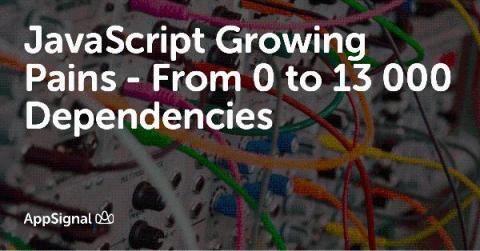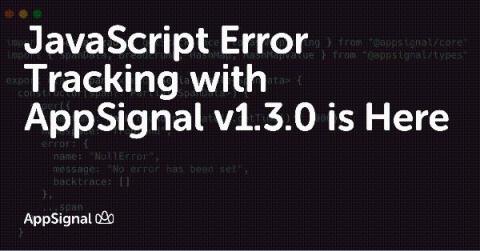A Deep Dive Into V8
A majority of front-end developers deal with this buzzword all the time: V8. A big part of its popularity is due to the fact that it led JavaScript to a new level of performance. Yes, V8 is very fast. But, how does it perform its magic and why is it so responsive? The official docs state that “V8 is Google’s open source high-performance JavaScript and WebAssembly engine, written in C++. It is used in Chrome and Node.js, among others”.









